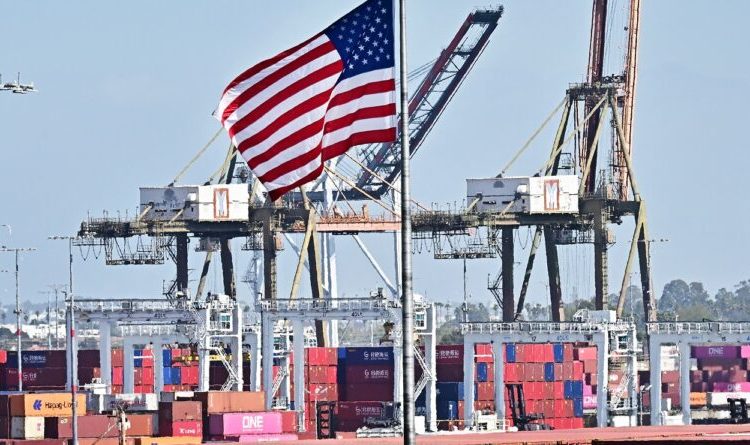PitchBook’s recently released pension fund tracker shows that the top 50 US funds returned an average 7.4% over the past ten years. There is very little dispersion around that figure, with the best performer, the US$205 billion Washington State Investment Board achieving 8.9%, and the worst, the $123 billion North Carolina Retirement Systems, achieving 5.5%.
The one-year data, however, looks far better, with an average return of 10.8%. The California Public Employees’ Retirement System, the top fund with some $341.4 billion under management, earned 9.3% while the $87 billion Michigan Public School Employees Retirement System (MPSERS) earned 15.5%.
For some indication of how MPSERS did it, its asset allocation as of June 30, 2024 included 21.6% private equity and venture capital, 20.8% domestic equities and 13.8% international equities, and around 10% each in real return and opportunistic, fixed income, absolute return, and real estate and infrastructure.
As well as consolidating the case for private equity, the fund’s asset allocation, as with the whole top 50 short-term performance, demonstrates the benefits that institutions received over the past year thanks to the run-up in US equities.
Take a look, then, at where things are now. Equable Institute has just released a report on the impact of the Trump administration’s policies on the top 25 US public pension funds, noting that they had lost almost $250 billion to date in 2025, or almost three times the value of the entire MPSERS portfolio. Just under $170 billion of the loss was in the April 3-8 period.
The top 25 sample comprises some two-thirds of US public pension funds. While some may claw back losses during recent equity rebounds or buy into the dip, such volatility in itself hampers longer-term performance.
It’s going to be very interesting to see how those figures go if the pressure on US Treasuries which prompted the Trump administration’s sudden pause on tariffs continues. After all, the losses to date were primarily in equities, and government bonds are still the bedrock of many US pension funds. How long that will be the case remains to be seen.

